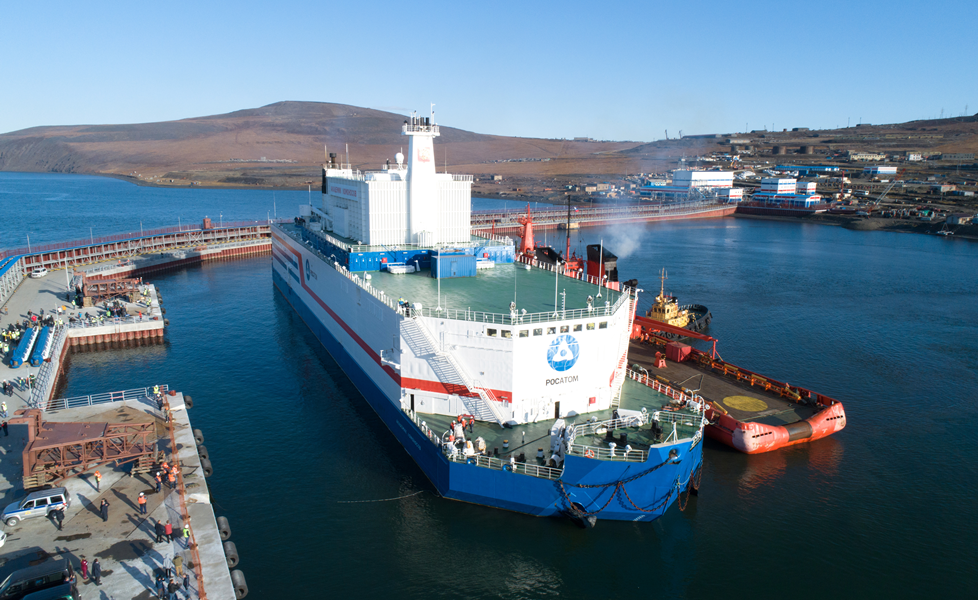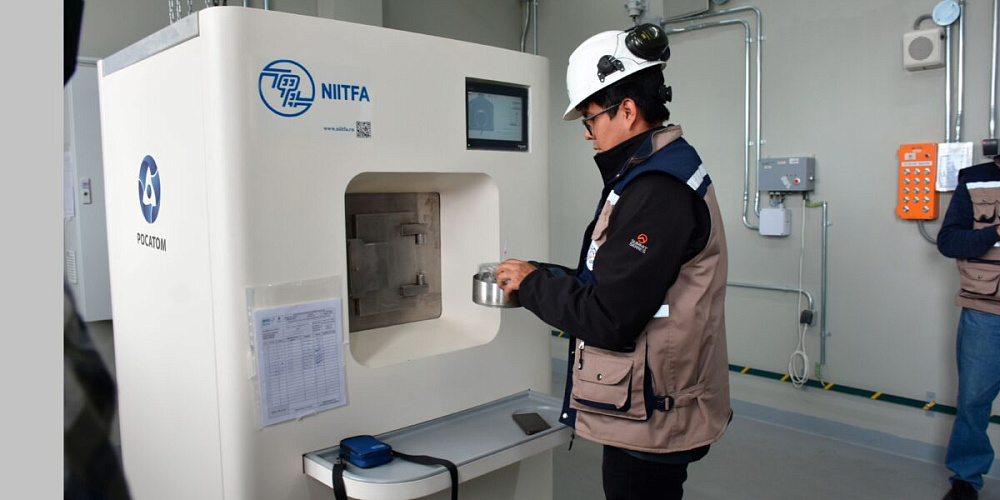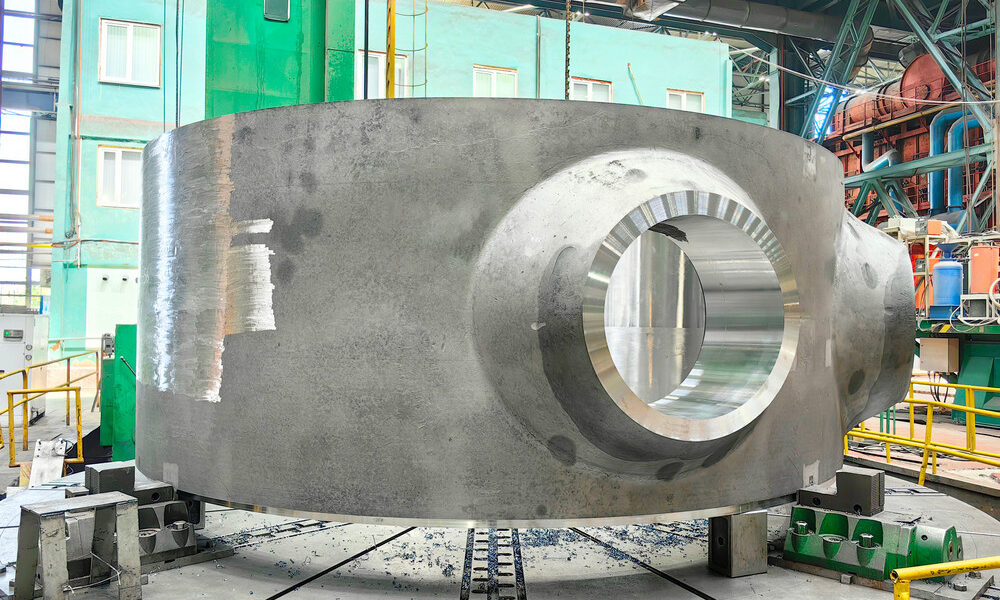September 14, 2024 comes exactly 5 years after the Akademik Lomonosov floating nuclear power plant (FNPP) moored at Pevek after its cruise from Murmansk*. It was an event of utmost importance for the Chukotka area, a real breakthrough in the path toward sustainable development of Russia's remote regions, and a new milestone in global power generation.
According to Victor Yelagin, the floating NPP Director, the top priority for the nuclear engineers was to provide reliable power to the Chaun-Bilibino power hub and heat to the town of Pevek, and they successfully achieved this.
"The floating NPP has proved to be reliable and efficient. It is a real flagship of small-scale nuclear power technology. As in other regions of operation, Rosenergoatom is implementing a range of social initiatives in Pevek to improve the life quality of the local population. This year we renovated the hall, internal and external heating and water supply systems of the City Education Center. We are also donating computers and office equipment. We also donated RUB75 mln to build an indoor skating rink. The contractor has been selected, and the rink should be ready next year," told Victor Yelagin, floating NPP Director.
The unique floating nuclear power plant designed by Russian scientists is a reliable and uninterrupted source of heat and electric power for the Chaun-Bilibino energy hub. Since the commissioning in December 2019, the floating NPP has generated 905 mln kW·h, and 295 gigacalories of heat from July 2020 to August 2024 inclusive. Generating this amount of low-carbon nuclear power has prevented the emissions of about 390,000 tons of greenhouse gasses (if other types of power generation were used).
Today, Rosatom is one of the undisputed global leaders in the construction and operation of small nuclear power plants (SNPP). The successful operation of the floating NPP in the Arctic and the Far North demonstrates the viability of this technology for developing hard-to-reach, isolated areas. Currently, along with the floating NPP, Rosatom is also constructing an onshore SNPP with the latest RITM-200 reactor plant unit in Yakutia (Ust-Kuiga Settlement) to support the development of the Kyuchus, Deputatskoye, and Tirekhtyakh ore fields. Additionally, another onshore NPP is being built in Chukotka for the Sovinoye field, featuring a 10 MW Shelf-M reactor plant.
The comprehensive development of Russia's Arctic territories is a strategic priority for the Russian government. Expanding the cargo capabilities of the Northern Sea Route is of paramount importance for meeting the cargo delivery targets. To expand this freight corridor, we are implementing regular cargo services, building new nuclear icebreakers, and updating the infrastructure. Rosatom's companies are contributing heavily to this.
Reference
* In 2019, the floating NPP was towed from Murmansk to Pevek by two tugboats and the Dixon icebreaker. On September 9, the vessel reached the mouth of the Chaunskaya Bay. The floating NPP traveled 2,640 nautical miles (4,888 km) in just 17 days, ahead of schedule. The vessel was moored with special shock absorbers manufactured by the Baltic Shipyard. Immediately after mooring, the Akademik Lomonosov was connected to the onshore infrastructure. Turbine generators Nos. 1 and 2 began delivering power to the Chaun-Bilibino power hub on December 19 and 22, 2019, respectively. On May 22, 2020, the floating NPP was fully commissioned after receiving approvals from Russia's Federal Service for Supervision of Natural Resources and the Federal Environmental, Industrial, and Nuclear Supervision Service, confirming that the nuclear power plant met all design specifications.
The floating NPP is moored at Pevek, Chukotka Peninsula. It is the only operating floating NPP, and the northernmost heat-supplying NPP in the world. The facility consists of the Akademik Lomonosov floating NPP, equipped with two KLT-40S reactor plants providing 700 MW of electric power and 50 Gcal/h of heat, as well as onshore infrastructure that delivers heat and power to consumers. The floating NPP reliably supplies both electric power and heat to Pevek, and subsequently, to the entire region.
The Russian government, in collaboration with local authorities and major Russian companies, places a strong emphasis on improving quality of life across the country. To achieve this, accelerated national priority projects are underway, including housing construction, improved medical services, and infrastructure development initiatives. Rosatom and its companies are active contributors to these activities.





